Women and sport

"Movement is life"
from Building the Body Beautiful by Mary Bagot Stack.
Introduction
Find out about some of the material we hold on the theme of women and sport.
Sport is defined here in its broadest sense to include activities involving physical exercise and skill such as dance and fitness.
Cycling
Women not only cycled for transportation – for example Millicent Garrett Fawcett's pass to "ride, drive and bicycle" in Johannesburg when she was appointed by the British government to lead a commission into the conditions faced by the families of the Second Boer War.
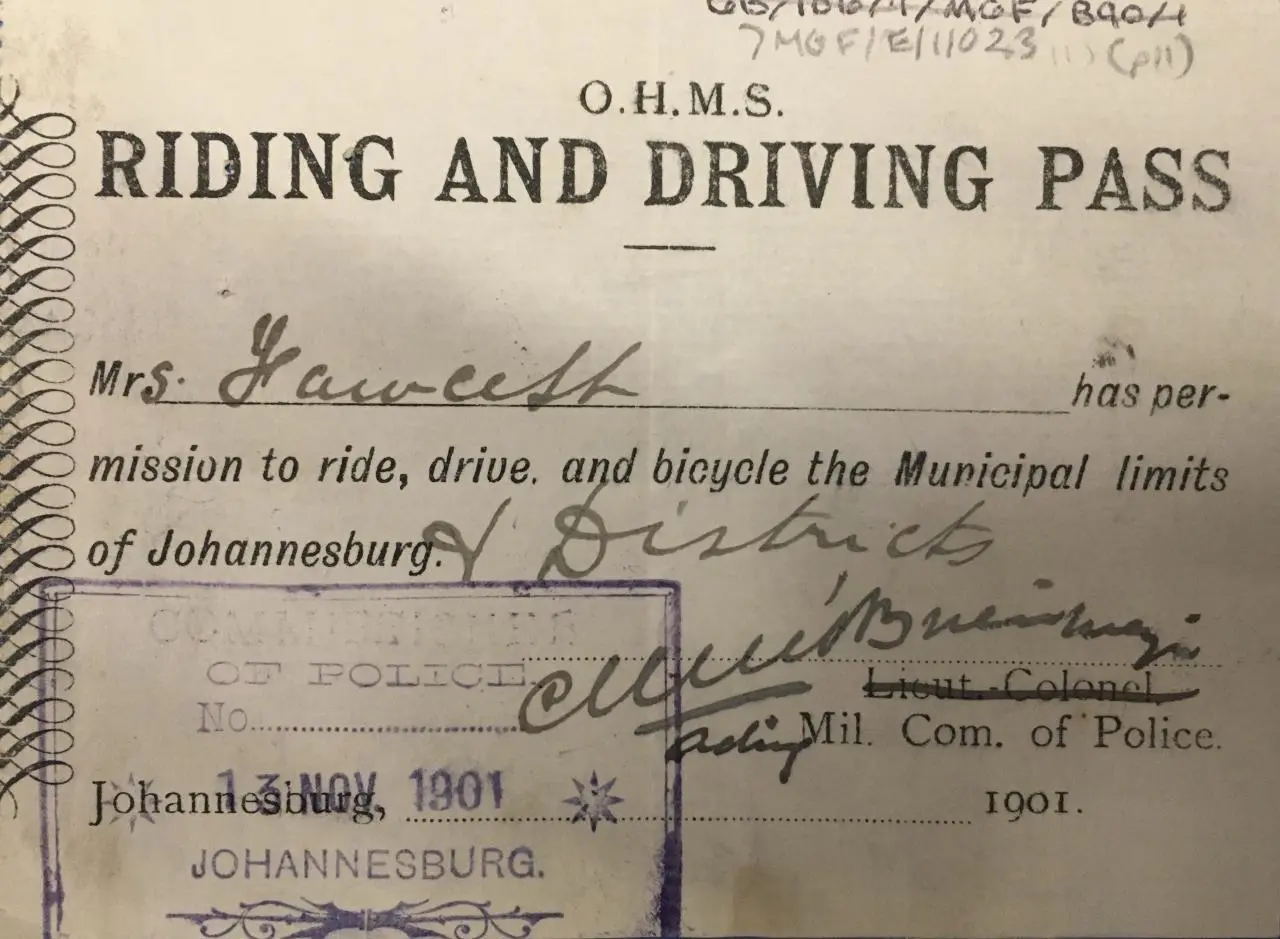
But also cycled for leisure - Myra Sadd (on the right) who was part of a cycling club in the 1890s.
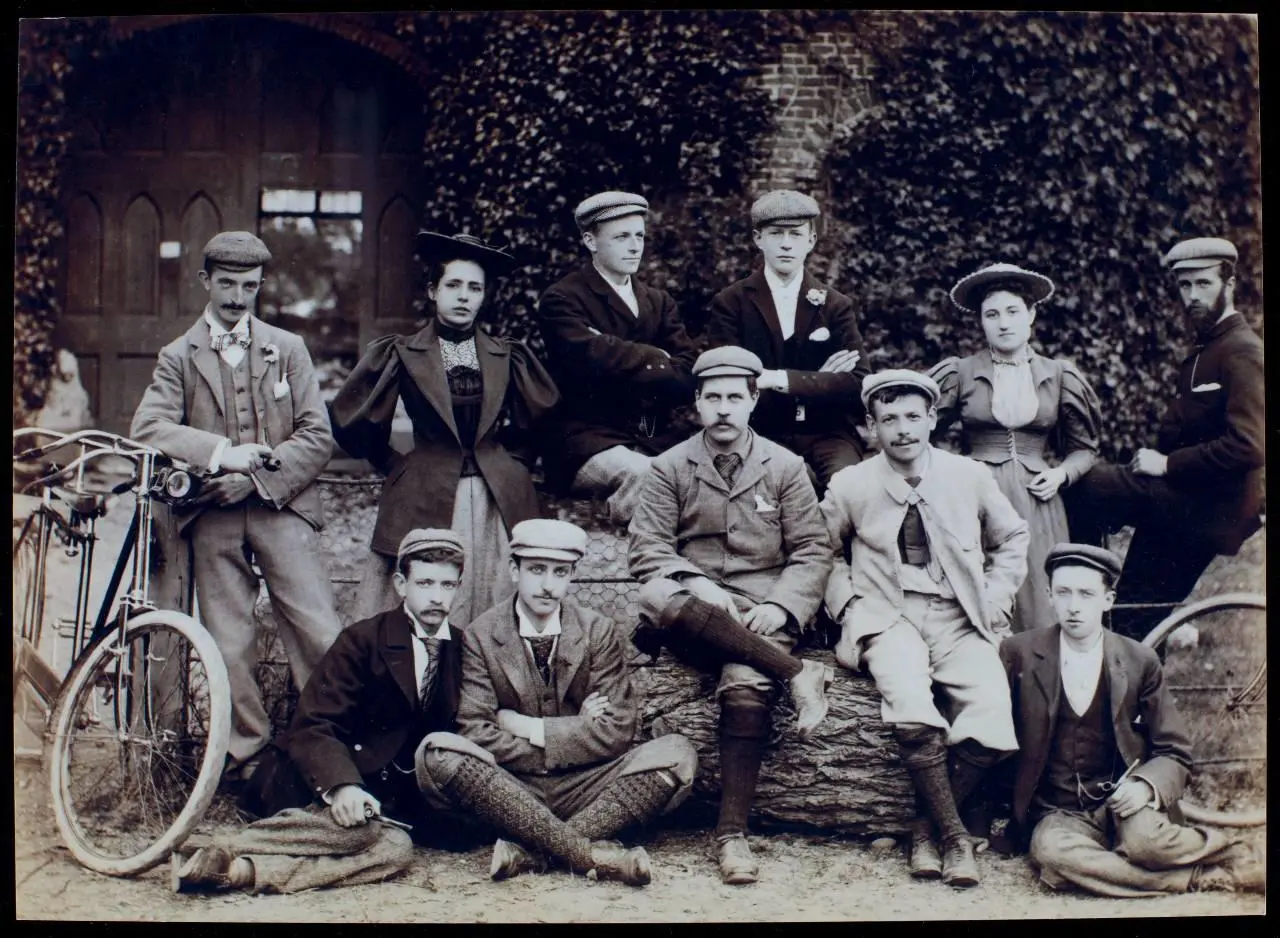
They also cycled for political purposes. Women on bikes can often be spotted in photographs cycling alongside suffrage processions or on long marches such as the suffrage pilgrimage in 1913.
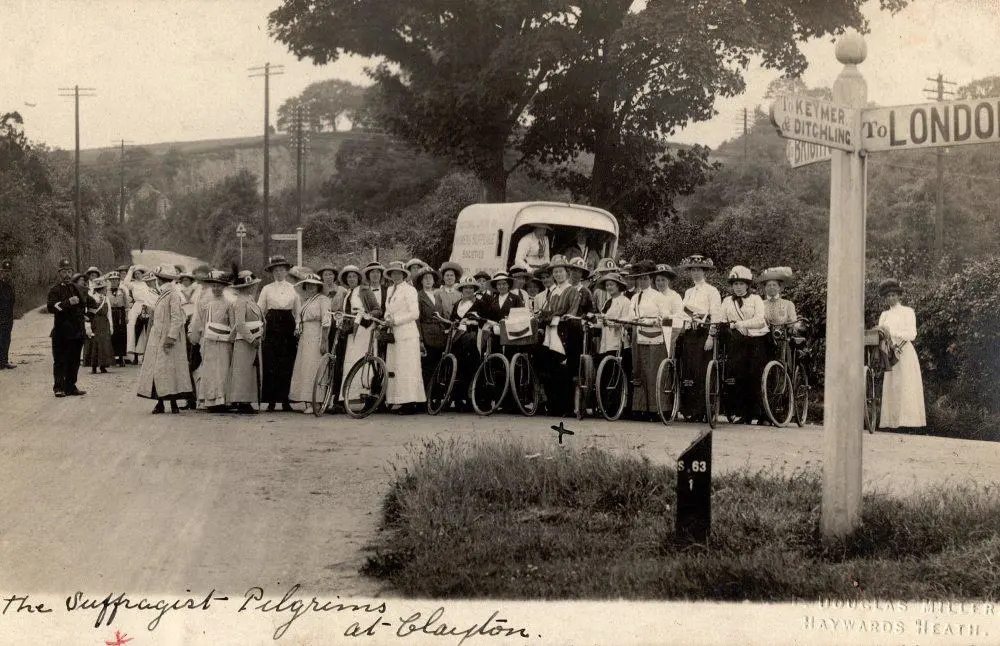
Find more images like these on LSE Library Flickr.
For more on this topic, have a look at women's cycling website by Sheila Hanlon (Vera Douie Fellow 2012).
Running and cross-country
We hold the scrapbook of Ruth Christmas, a successful middle-distance runner in the 1930s. She was encouraged to run by her father, Fred, and joined the prestigious London Olympiades women's athletics club. The scrapbook contains press cuttings of Ruth at various athletic meetings and cross-country races she entered during the 1930s. This includes a letter of congratulations on winning the 800 metres at the British championships in White City in 1933.
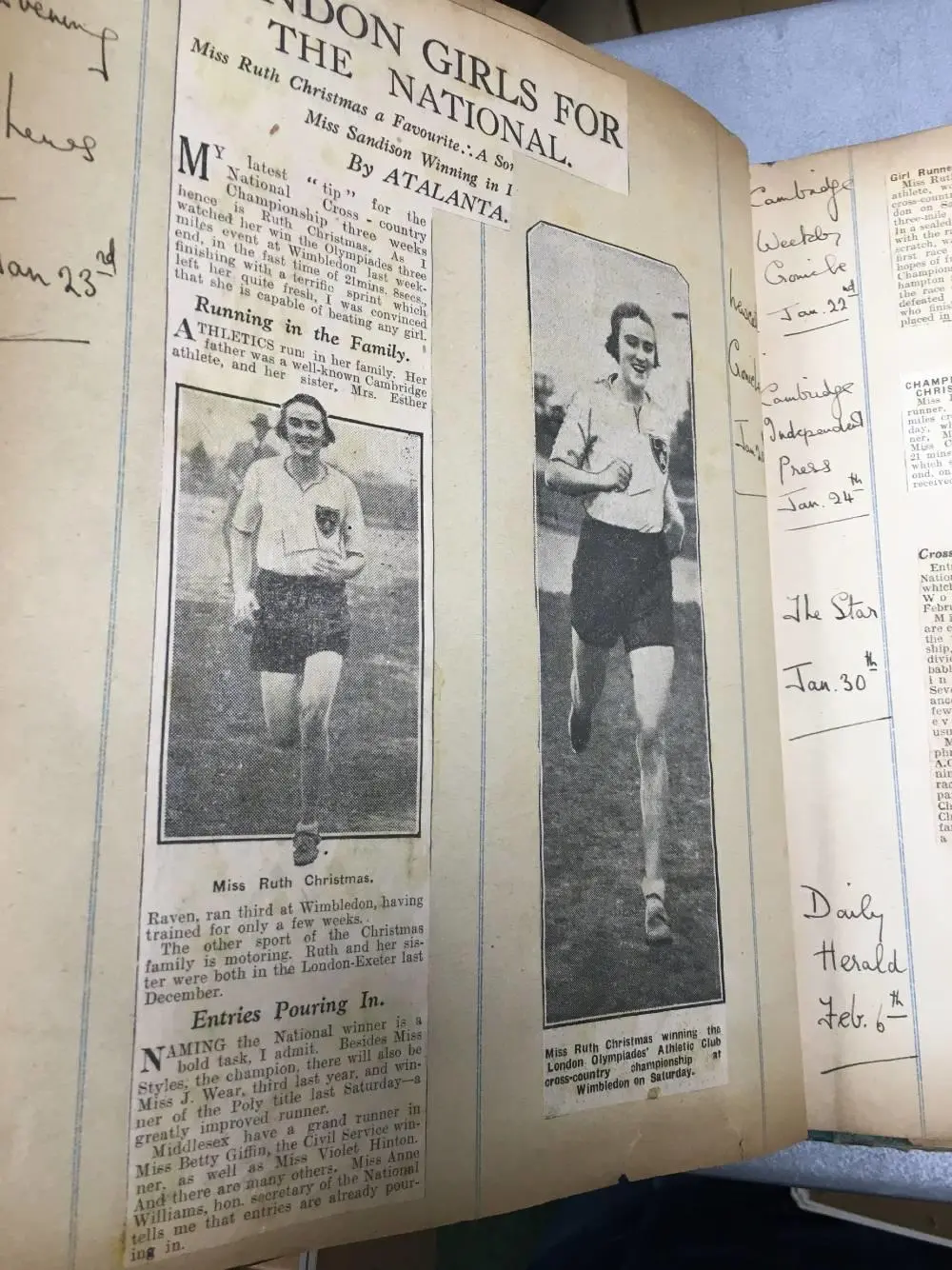
Physical education for women
The Women’s League of Health and Beauty was founded in London in 1930 by Mary Bagot Stack, a pioneer of modern physical education for women. This movement grew out of the Bagot Stack Health School which taught a combination of dance, callisthenics and exercise. Bagot Stack also developed her own exercise system, incorporating graceful walking and exercises. We hold books and objects relating to this group.
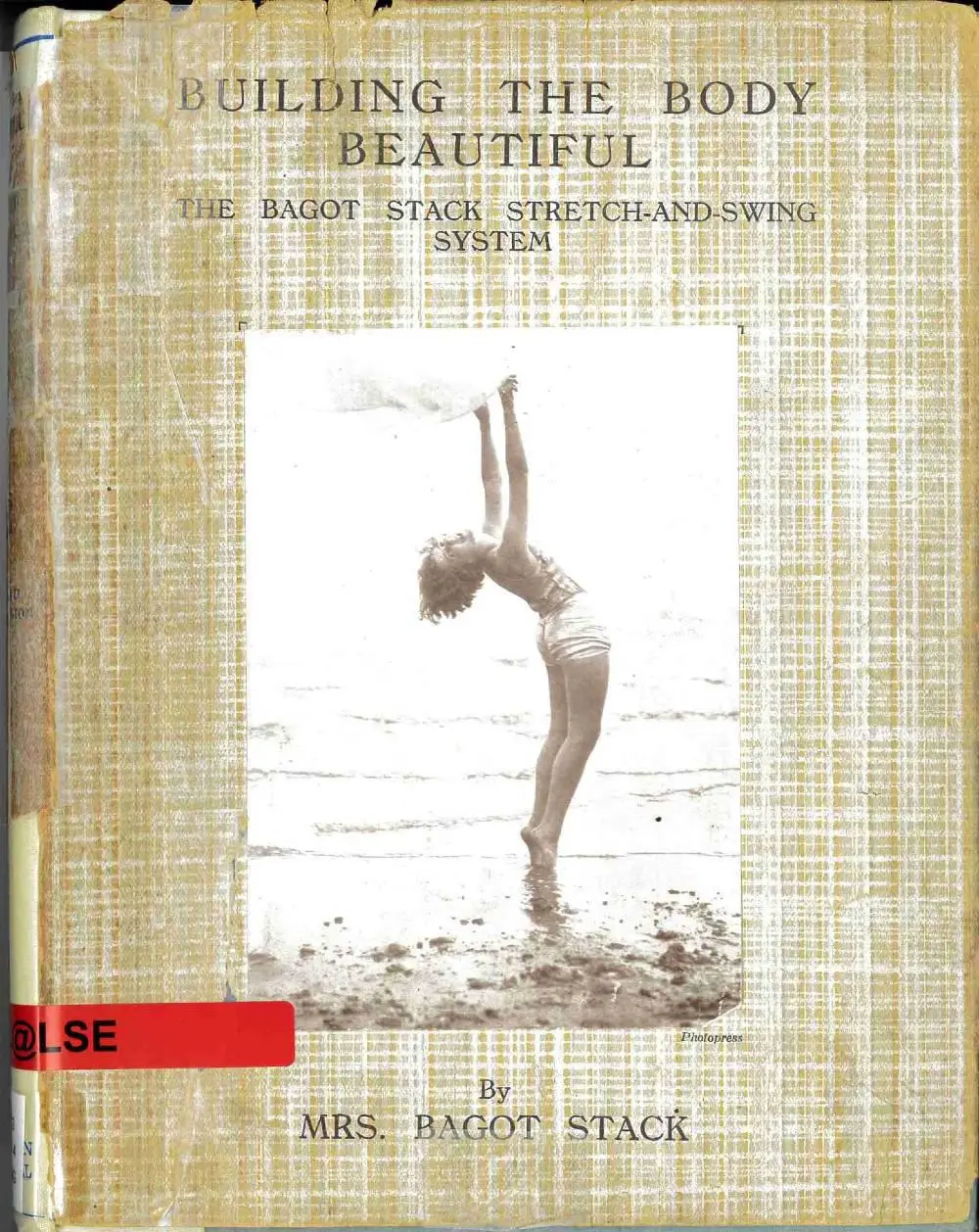
Challenging gender inequality in sport
The Women’s Sport Foundation was set up in 1984 to improve and promote equal opportunities for women and girls in sport at every level. Today it is known as Women in Sport. The archive we hold contains minutes and annual reports of the organisation as well as sports’ magazines, photographs and careers resource sheets and material for teachers and pupils. Find out more about the archive in this blog by Sophie Hurst who was a Writer for Performance at LSE Library in 2023.
Keep fit
The National Federation of Women’s Institutes are not typically known for sport but in the 1980s they ran a health campaign ‘Women in the Community’ encouraging members to exercise and keep healthy, amongst other things. They produced a keep fit routine set to lively music which women could do at home or at their WI Keep Fit class. Its journal Home and Country often contains stories about local WIs and their sporting activities.
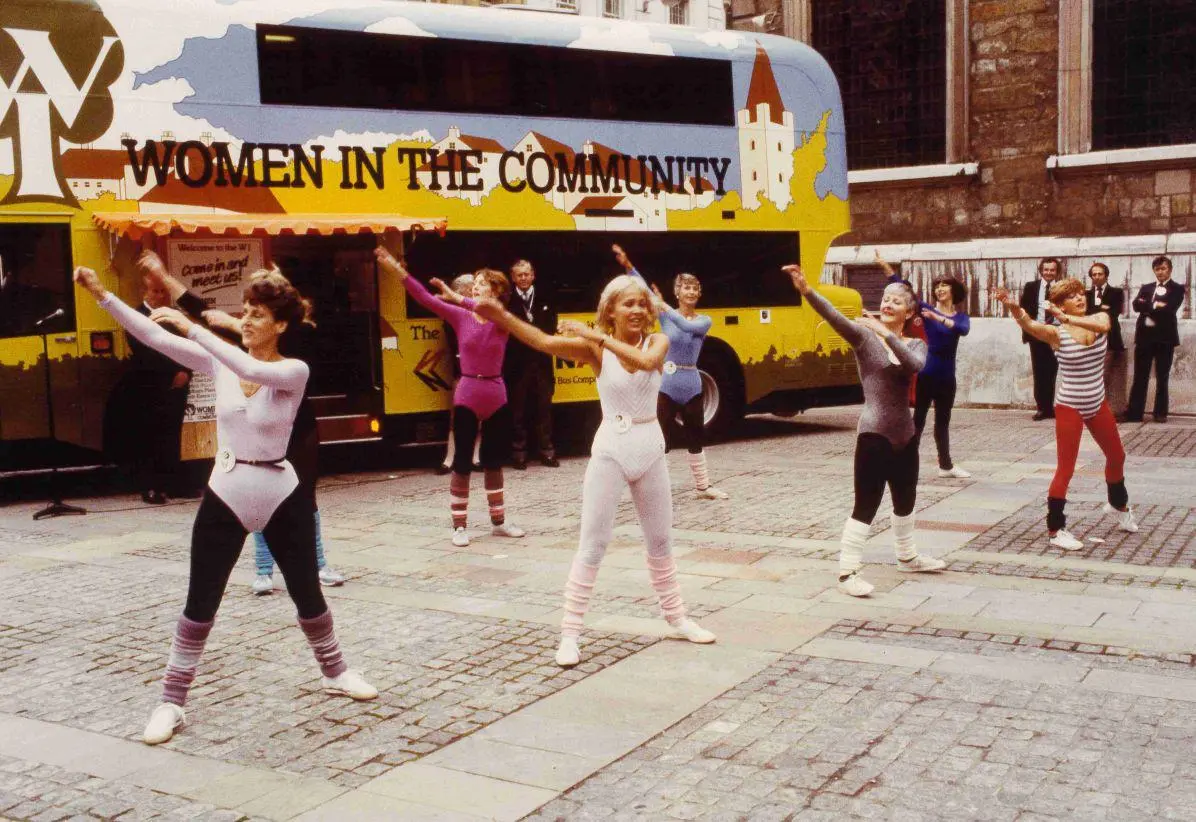
Dance
A related discipline is dance and movement. The pressure and support group Women in Entertainment campaigned for women’s rights in the entertainment industries. Their conferences were inclusive of all lines of work that this encompassed such as dancers, stage designers, agents and technicians.
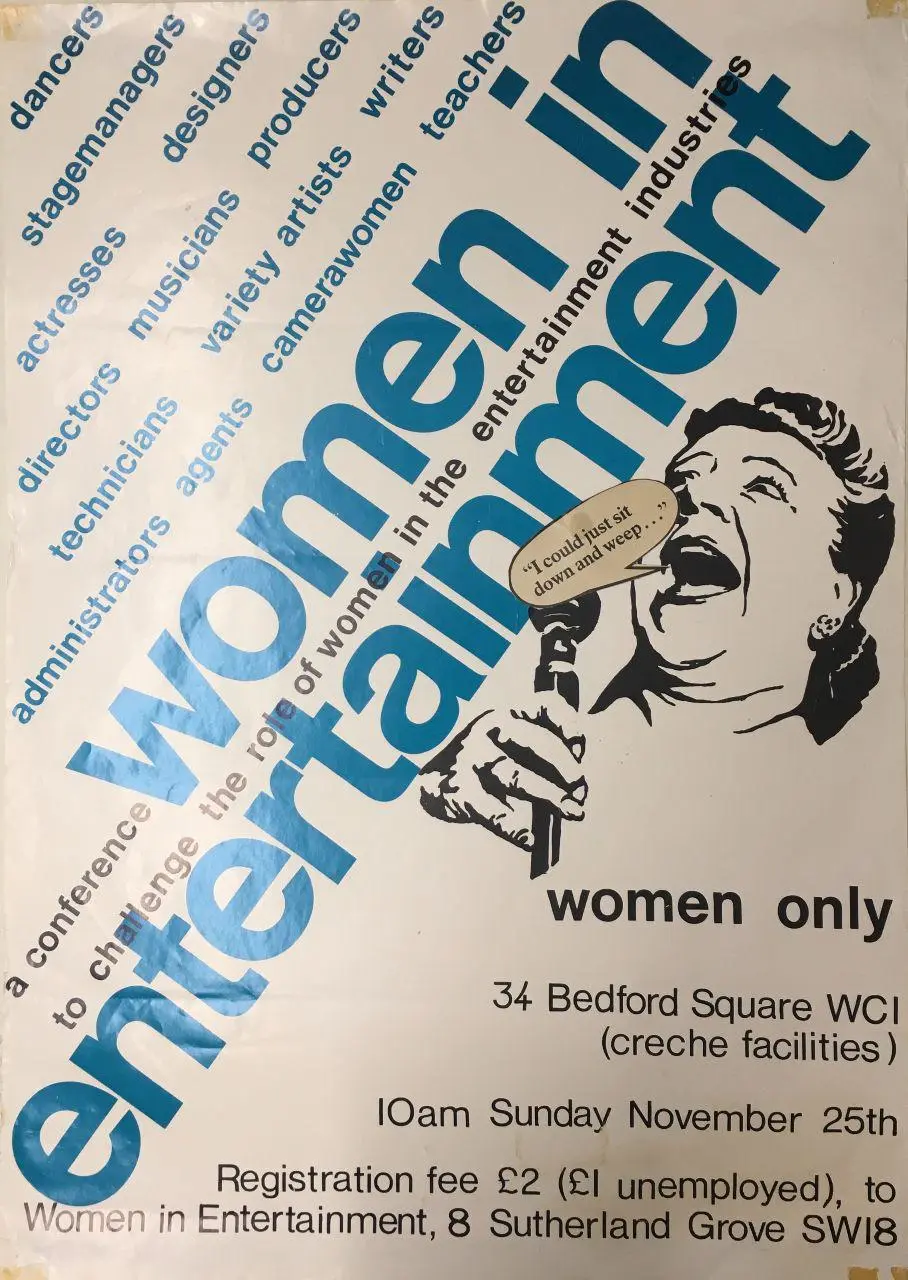
Amongst the archive are posters and flyers for performances such as those advertising the work of Theatre of Black Women. The particular example is Pyeyucca by Bernardine Everisto which sheds light on the issues relating to a Black woman and her self-image using music, movement and poetic language.
LSE Sports
LSE’s institutional archive contains photographs of women taking part in various sports. There are also minutes and correspondence of the School’s Athletics Committee which managed the sports facilities at New Malden in south west London.
The Beaver, the newspaper of LSE’s Students’ Union, features many reports from the different sports clubs at LSE. Find out more about the Athletics Union and other stories such as Ruth Nixon who tried to set up a Women’s Water Polo club in February 1954.
Women and sport in women’s print media
Women’s and girls’ magazines often contain stories and articles about women and sport. Some examples include:
The Girls’ Own Paper ran from 1880 until 1956 under various names and formats. With its mix of stories and educational articles, it had an important influence on many generations of girls and women. Use this online index to Girls’ Own Paper to find which volume has material on sport, swimming, riding, cycling, dancing and exercising. These articles sometimes have engravings and colour plates.
Girls’ comics such as Jinty, launched in 1974, often have stories which feature girls in ballet schools, or girls horse-riding or swimming, playing ice hockey, hockey or tennis. The Women’s Library holds many other teenage girls’ magazines.
Popular women’s magazines like My Weekly advertised knitting patterns for women to lie on the beach such as this one for May 1932.
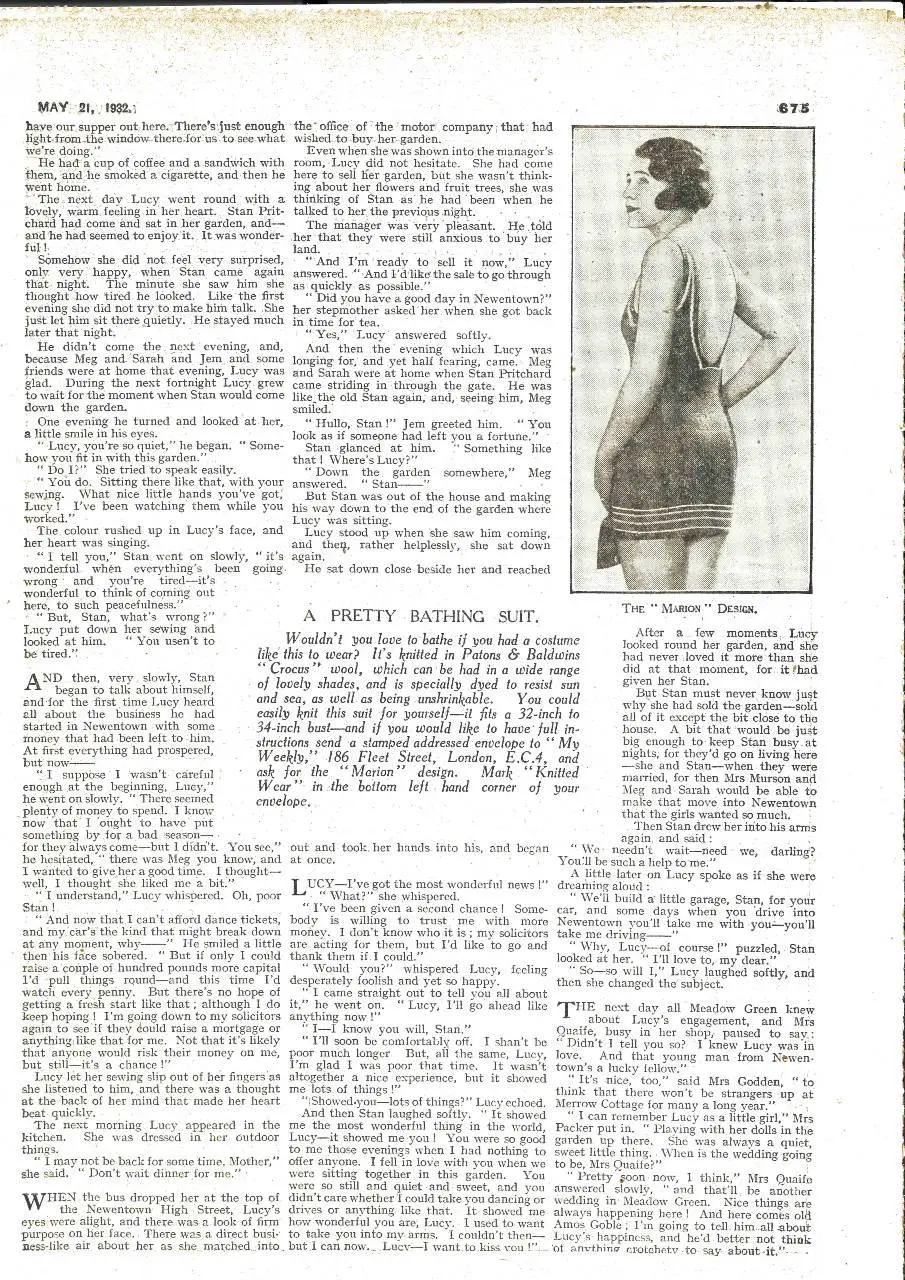
Women’s magazines sometimes ran stories in the months and years that the Olympics or Commonwealth Games were held or featured stories relating to other sporting events. For example, My Weeklyin March 1983 interviewed with Jayne Torvill and Christopher Dean who had just won the World Figure Skating Championship in Helsinki in Finland.
The newsletter Working with Girls was produced by the National Association of Youth Clubs in the 1980s. Youth clubs for 12-18 year olds were predominantly used by boys and young men until young women’s youth work appeared in the late 1970s. Young women were encouraged to play pool and other sports that were previously perceived as activities for young men. They also produced posters presenting a positive message that girls can do everything. See Red Women’s Workshop did similar artwork and, in this poster by them, you can see a girl playing pool and another one playing table tennis.
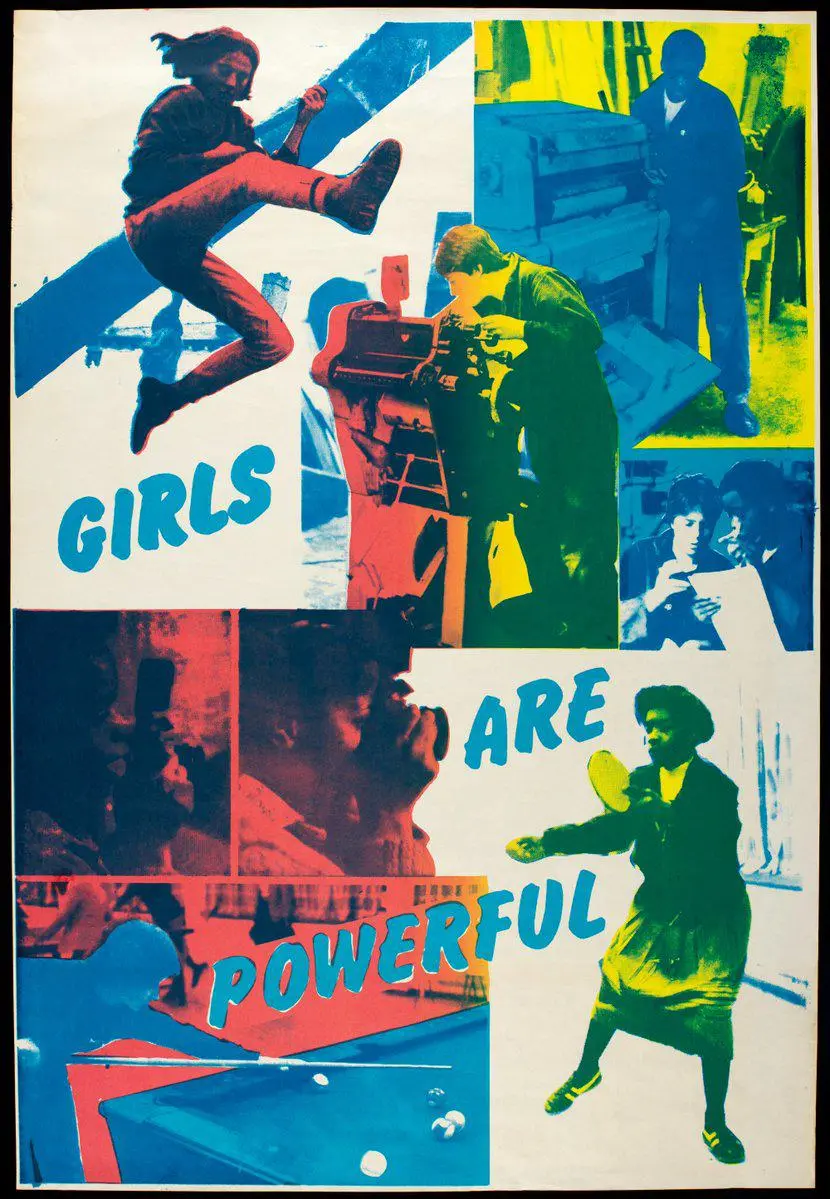
The Women’s Library also holds sports’ magazines such as Cue Action produced by the then World Ladies Billiards and Snooker Association, Outdoor Women with its events listings and reports of outdoor activities such as mountaineering, and Women in Sport by Women’s Sport Foundation.
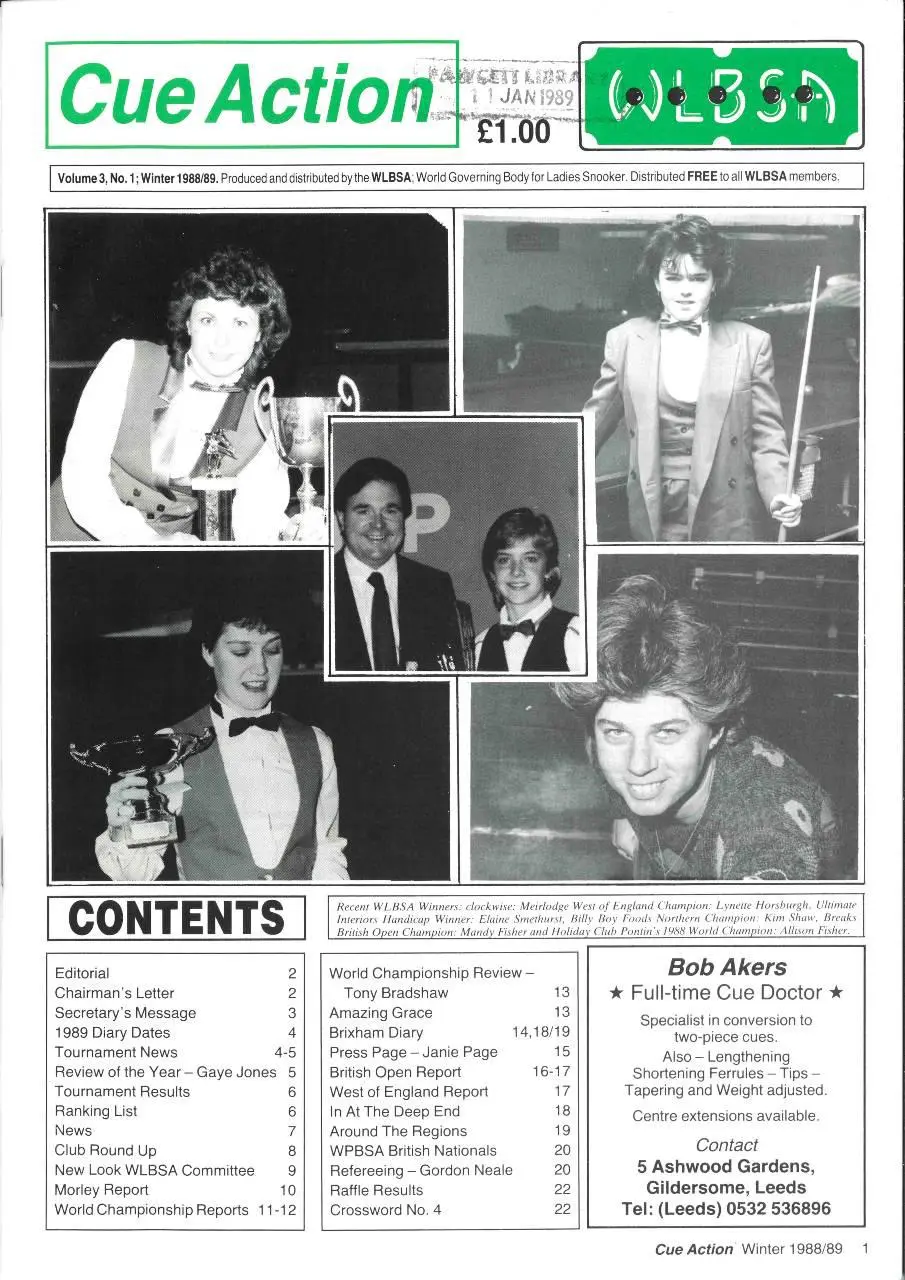
We also hold magazines of schools and colleges which have sports news eg County Secondary School, Dalston Magazine.
Searching the collection
This is a snapshot of some of the material we hold. There is much more.
Use Library Search to locate books and journals.
Search the Archives Catalogue for archives and special collections.
Search LSE Digital Library for interesting discoveries eg. a search for cycling brings up motor cycling and a story about the women motor cyclists' victory in Ambleside in The Vote for 2 September 1927.
Search by subject eg hockey, football, "keep fit" (more than two words use double speech marks), "keep* fit", "good health", gym*, "physical education", "physical recreation", "Olympic*", "womens health", sport*, danc*.
Search by name eg "Sally Gunnell", "Fatima Whitbread", "Anna Pavlova".
Search by organisation eg "Radical Dress Society", "Women’s League of Health and Beauty".
When using Library Search, use filters in the drop down menu under ‘Location’ to narrow down search to TWL@LSE books, store TWL@LSE special collections etc.
How to access
Most of the material highlighted here is stored in closed access and must be consulted in The Women’s Library Reading Room. Find out how to book your place and order material on our access archives and special collections page.
Further information
If you need specific help with any of the collections mentioned here get in touch with our Curator for Equality, Rights and Citizenship, Gillian Murphy.